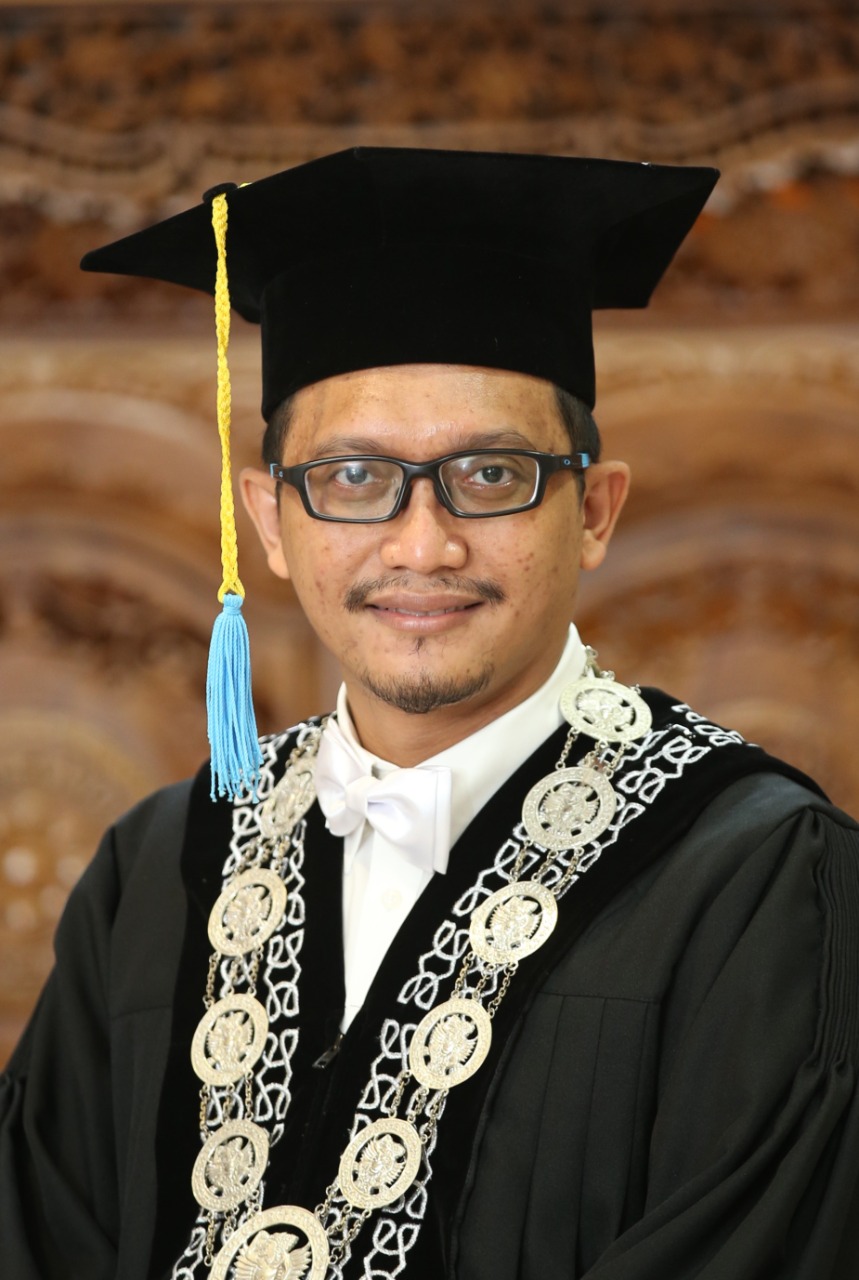Pre- and Post-Operative Intraocular Pressure of Pediatric Cataract Surgery
Downloads
Introduction: Cataract is an eye lens opacification which prevents clear vision. It is the leading cause of blindness and vision impairment worldwide, including Indonesia. It can also be occurred in children that leads to a major cause of childhood blindness. The prevalence of childhood cataract ranges from 3 to 6 per 10,000 children. The main treatment for cataract is surgery, although pediatric cataract surgery has several complications. One of the most severe complication is glaucoma due to increased intraocular pressure (IOP). This study aimed to determine pre- and post-operative IOP in pediatric cataract surgery.
Methods: This was a cross-sectional observational analytic study. Secondary data were collected from medical records of Department of Ophthalmology, Dr. Soetomo General Hospital Surabaya from January 2017 to August 2019. Age, gender, pre- and post-operative IOP, and intraocular lens implantation data were taken. Calculation was performed using the Saphiro-Wilk for data less than 50 samples. The Saphiro-Wilk test results showed that the data were normally distributed (p = 0.628). Data processing were then performed using the parametric t-pair test with a confidence level of
Results: 32 eye samples were obtained from 16 pediatric cataract surgery patients. The mean of pre-operative IOP was 13.05 mmHg and the mean of post-operative IOP was 13.36 mmHg. There was an increase in post-operative IOP with an average increase of 0.31 mmHg. There was no significant difference between pre- and post-operative IOP of pediatric cataract surgery patients (p = 0.711).
Conclusion: There was no difference between pre- and post-operative IOP of pediatric cataract surgery patients at Dr. Soetomo General Hospital Surabaya for the period of January 2017 - August 2019.
World Health Organization. Priority Eye Diseases. who, https://iposc.org/sites/default/files/peh-documents/who_priority-child_blindness_0.pdf (2014).
Kementerian Kesehatan Republik Indonesia. Menkes: Katarak Penyumbang Kebutaan Terbesar. Kementerian Kesehatan Republik Indonesia, https://www.kemkes.go.id/article/print/18090900003/menkes-katarak-penyumbang-kebutaan-terbesar.html (2018).
Khokhar S, Pillay G, Dhull C, Agarwal E, Mahabir M, Aggarwal P. Pediatric Cataract. Indian J Ophthalmol 2017; 65: 1340–1349.
Medsinge A, Nischal K. Pediatric Cataract: Challenges and Future Directions. Clin Ophthalmol 2015; 9: 77–90.
Parks M, Johnson D, Reed G. Long-Term Visual Results and Complications in Children with Aphakia. A Function of Cataract type. Ophtalmology 1993; 100: 826–40.
Rabiah P. Frequency and Predictors of Glaucoma after Pediatric Cataract Surgery. Am J Ophthalmol 2004; 137: 30–37.
Vishwanath M, Cheong-Leen R, Taylor D, Russel-Eggitt I, Rahi J. Is Early Surgery for Congenital Cataract a Risk Factor for Glaucoma? Br J Ophthalmol 2004; 88: 905–10.
Joseph E, Meena C. Pediatric Cataract. Kerala J Ophthalmol 2018; 30: 162–171.
He W, Sun T, Yang J, Qin G, Wu Z, Zhu X, Lu Y. Analysis of Factors Associated with the Ocular Features of Congenital Cataract Children in the Shanghai Pediatric Cataract Study. J Ophthalmol; 2017. Epub ahead of print 2017. DOI: 10.1155/2017/8647435.
Lin H, Yang Y, Chen J, Zhong X, Liu Z, Lin Z. Congenital Cataract: Prevalence and Surgery Age at Zhongshan Ophthalmic Center (ZOC). PLoS One 2014; 9: e101781.
Katibeh M, Eskandari A, Yaseri M, Hosseini S, Ziaei H. The Gender Issue in Congenital and Developmental Cataract Surgery. J Ophthalmic Vis Res 2013; 8: 308–313.
Gilbert C, Lepvrier-Chomette N. Gender Inequalities in Surgery for Bilateral Cataract among Children in Low-Income Countries: A Systematic Review. Ophtalmology 2016; 123: 1245–51.
Repka MX, Dean TW, Lazar EL, Yen KG, Lenhart PD, Freedman SF, Hug D, Rahmani B, Wang SX, Kraker RT, Wallace DK & Pediatric Eye Disease Investigator Group. Cataract Surgery in Children from Birth to Less than 13 Years of Age: Baseline Characteristics of the Cohort. Ophtalmology 2016; 123: 2462–2473.
Bashour M. Congenital Cataract. Medscape, https://emedicine.medscape.com/article/1210837-overview (2018).
Ambroz S, Töteberg-Harms M, Hanson J, Funk J, Barthelmes D, Gerth-Kahlert C. Outcome of Pediatric Cataract Surgeries in a Tertiary Center in Switzerland. J Ophthalmol. Epub ahead of print 2018. DOI: https://doi.org/10.1155/2018/3230489.
Javadi M. Pediatric Cataract Surgery. J Ophthalmic Vis Res 2009; 4: 199–200.
Biler E, Yıldırım S, Üretmen Ö, et al. Long-term Results in Pediatric Developmental Cataract Surgery with Primary Intraocular Lens Implantation. Turk J Ophthalmol 2018; 48: 1–5.
Lin H, Chen W, Luo L, Zhang X, Chen J, Lin Z. Ocular Hypertension after Pediatric Cataract Surgery: Baseline Characteristics and First-Year Report. PLoS One 2013; 8: e69867.
Tatham A, Odedra N, Tayebjee S, Anwar S, Woodruff G. The Incidence of Glaucoma following Paediatric Cataract Surgery: a 20-year Retrospective Study. Eye 2010; 24: 1366–75.
Haargaard B, Ritz C, Oudin A, Wohlfahrt J, Olsen T, Melbye M. Risk of Glaucoma after Pediatric Cataract Surgery. Invest Ophthalmol Vis Sci 2008; 49: 1791–6.
Sahin A, Caça I, Cingü AK, Türkcü FM, Yüksel H, Sahin M, Cinar Y, Ari S. Secondary Glaucoma after Pediatric Cataract Surgery. Int J Ophthalmol 2013; 6: 216–220.
Asrani S, Freedman S, Hasselblad V, Buckley EG, Egbert J, Dahan E, Gimbel H, Johnson D, McClatchey S, Parks M, Plager D, Maselli E. Does Primary Intraocular Lens Implantation Prevent ‘aphakic' Glaucoma in Children? J Am Assoc Pediatr Ophthalmol Strabismus 2000; 4: 33–39.
Simon J, Mehta N, Simmons S, et al. Glaucoma after Pediatric Lensectomy/Vitrectomy. Ophtalmology 1991; 98: 670–4.
1. The journal allows the author to hold the copyright of the article without restrictions.
2. The journal allows the author(s) to retain publishing rights without restrictions
3. The formal legal aspect of journal publication accessibility refers to Creative Commons Atribution-Share Alike 4.0 (CC BY-SA).




























